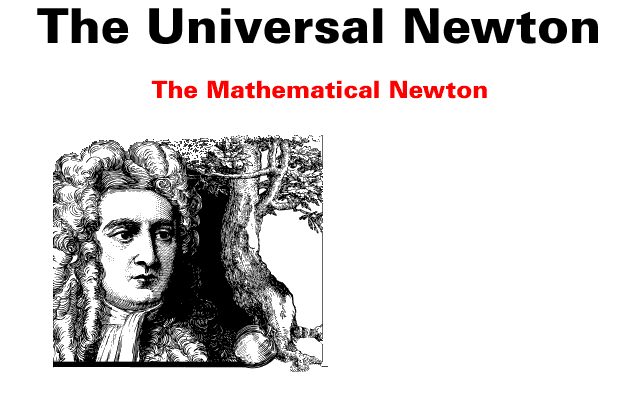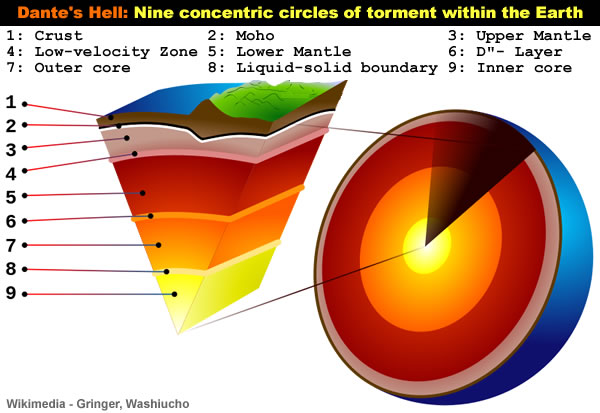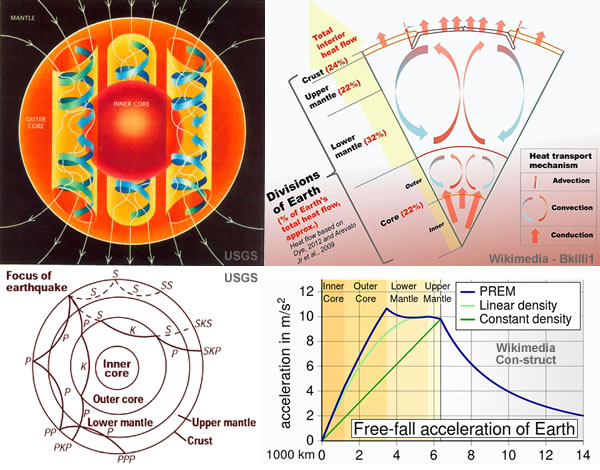The indoctrination began at junior school where the teachers informed me [in no uncertain terms] that unless I started talking to the invisible Him up there in Heaven then I would be consigned to an invisible Hell down there where I would endure never ending torment and torture.
I guess that was their way of saying: Welcome to Our World.
Religion has actually convinced people that there’s an invisible man living in the sky who watches everything you do, every minute of every day.
And the invisible man has a special list of ten things he does not want you to do.
And if you do any of these ten things, he has a special place, full of fire and smoke and burning and torture and anguish, where he will send you to live and suffer and burn and choke and scream and cry forever and ever ’til the end of time!
But He loves you.
George Carlin
And these blackboard comedians then had the audacity to turn round and say that the mental torture and physical torment they were inflicting would be “the happiest days of my life”.
Talk about lowering life expectations.
Needless to say, the most important lesson I learned at junior school was to take everything I was taught with a pinch of salt.
The other really important lesson was: Insanity [like beauty] is in the eye of the beholder.
Therefore, it’s no real surprise that academia excels when it comes to combining science with theology to form a compromised consensus called Ecclesiastical Science.
Harvey is a 1950 comedy-drama film based on Mary Chase’s play of the same name, directed by Henry Koster, and starring James Stewart and Josephine Hull.
The story is about a man whose best friend is a pooka named Harvey — in the form of a six-foot, three-and-a-half-inch tall invisible rabbit.
https://en.wikipedia.org/wiki/Harvey_(film)
It is well known that the Jesuit physicist, Georges LeMaitre, conceived the astronomical Big Bang Theory in order, as the late Hannes Alfven recalled, to reconcile his physics with his theology.This marriage of science and theology is enshrined in the magical concept of action at a distance whereby an “object” is physically influenced by a theory, concept or postulate.
…
So it is theology that is driving science, rather than science, theology.
One of the problems the Big Bang theory has is explaining how, after the initial explosion where everything is moving away from everything else, that in the future, this outward motion mysteriously reverses and matter begins to accrete or accumulate.
An expanding universe cannot have colliding galaxies by simple definition, and neither is it possible for matter moving away from every other particle of matter, to then suddenly reverse direction, and start to accrete; it is simply a theological nonsense in which the miraculous dominates.
Science or Theology? – Louis Hissink – 5 August 2016
https://lhcrazyworld.wordpress.com/2016/08/05/science-or-theology/
The university is generally regarded as a formal institution that has its origin in the Medieval Christian setting.
https://en.wikipedia.org/wiki/University#History
The theological beauty of action at a distance lies in the multiplicity of causal possibilities that include [amongst many other things] Divine Intervention and The Hand of God.
In physics, action at a distance is the concept that an object can be moved, changed, or otherwise affected without being physically touched (as in mechanical contact) by another object.This marriage of convenience was consummated over 300 years ago by the most acclaimed mathematical Fudge Meister of them all: Isaac Newton.
That is, it is the nonlocal interaction of objects that are separated in space.
Pioneering physicist Albert Einstein described the phenomenon as “spooky action at a distance”.
This term was used most often in the context of early theories of gravity and electromagnetism to describe how an object responds to the influence of distant objects.
https://en.wikipedia.org/wiki/Action_at_a_distance
Hypotheses non fingo (Latin for “I feign no hypotheses“, “I frame no hypotheses”, or “I contrive no hypotheses”) is a famous phrase used by Isaac Newton in an essay, General Scholium, which was appended to the second (1713) edition of the Principia.And in the best traditions of Ecclesiastical Science the Earth Scientists have decided in their pious wisdom that the interior of our planet is hellishly hot.
https://en.wikipedia.org/wiki/Hypotheses_non_fingo
Newton was a fellow of Trinity College and the second Lucasian Professor of Mathematics at the University of Cambridge.
https://en.wikipedia.org/wiki/Isaac_Newton

Furthermore, the 21st century Earth Scientists have regressed Ecclesiastical Science back to the 14th century by recreating Dante’s nine concentric circles of Hell within the Earth.

The Inferno tells the journey of Dante through Hell, guided by the ancient Roman poet Virgil.Perhaps it’s time to dig a little deeper into this recycled 14th century mysticism…
In the poem, Hell is depicted as nine concentric circles of torment located within the Earth; it is the “realm … of those who have rejected spiritual values by yielding to bestial appetites or violence, or by perverting their human intellect to fraud or malice against their fellowmen.”
https://en.wikipedia.org/wiki/Dante%27s_Inferno
https://en.wikiversity.org/wiki/Earth
Durante degli Alighieri, simply called Dante (c. 1265 – 1321), was a major Italian poet of the Late Middle Ages.
https://en.wikipedia.org/wiki/Dante_Alighieri











Notice that the outer core is not designated as liquid, or so seismology tends to inform us, and that there is no representation of magma, hence liquid, in the crust, Moho, and upper mantle. Or the outer core is portrayed as liquid depending on the source bring referred to.
You would suspect that with plate tectonics theory large areas of magma would exist under the spreading ridges, and equally large pools under the ring of fire, since erupting volcanoes are simply ejection of magma which has to be liquid in the first place.
Nor is any mechanism offered to cause surges in termperature to cause periodic volcanism for a geological model that assumes a decreasing source of radiogenic heat in the first place. Surging radiogenic heat is not theoretically possible, though I do recall one USEnet poster mentioning that the US Navy’s experimental reactors in Carolina exhibited inexplicable surges in power, and hence radiogenic output (Charles Cagel pers.comm).